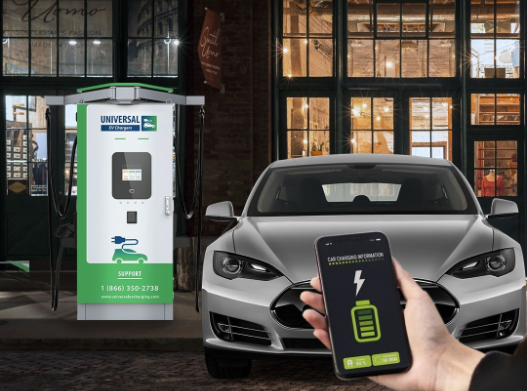The revolution in electric vehicles (EVs) is well underway, and municipal governments are paying attention nationwide. Local governments are realising how important it is to help hasten the shift to sustainable mobility as worries about air pollution, climate change, and energy independence grow.
Leading the Charge
Leading the charge in this drive are cities and municipalities, who are putting in place several programmes to promote EV adoption and develop the required infrastructure for charging them. Local authorities are proactively making their towns EV-friendly by investing in public charging stations and providing incentives and tax refunds for EV sales.
As an illustration, the city of Plano just released an extensive EV preparation strategy. The plan calls for putting charging stations at city buildings, expediting the application process for residential and commercial charger permits, and working with utilities to investigate creative rate plans for electric vehicle users.
Overcoming Obstacle
One of the biggest hurdles to widespread EV adoption has been the lack of accessible public charging infrastructure. This “range anxiety” – the fear of running out of charge while on the road – has deterred many potential EV buyers. However, local governments are addressing this issue head-on.
Through a combination of government grant programs, municipal budgets, and public-private partnerships, cities and towns are actively deploying charging stations in high-traffic areas, such as shopping centres, parks, and municipal parking lots. These efforts are making it more convenient for EV owners to charge their vehicles and increasing the visibility and acceptance of electric transportation.
Building a Sustainable Future
In addition to the advantages for the environment, adopting EVs locally creates job prospects. The increasing need for charging infrastructure generates opportunities for businesses specialising in energy management, maintenance, and installation.
Furthermore, marketing a town as EV-friendly might draw both locals and companies looking for eco-friendly places to live and work. Long-term economic growth, job creation, and innovation can all result from this.
Notwithstanding the difficulties, local governments are showing that they are dedicated to spearheading the transition to a greener, more sustainable mode of transportation. Cities and municipalities are laying the groundwork for a greener, more livable future by making investments in EV charging accessibility and developing an ecosystem that promotes adoption.
Best Stocks is a renowned company aiming to help readers to make information-based investments. Based on the post published by Best Stocks (see the above link) on government subsidies fuelling EV charging growth, these local initiatives are frequently supported by state and federal financing programmes targeted at increasing charging infrastructure in towns across the country. Overall, combining government funding with local initiatives leverages communities’ own knowledge to strategically grow charging infrastructure. This grass-roots model gets buy-in and embeds EV charging seamlessly into daily life – critical for accelerating the transition to electric mobility. A collaborative, user-focused approach holds a lot of promise.
Become a part of the electric revolution by supporting more environmentally friendly modes of transport and keeping up with local EV preparedness initiatives. One electric mile at a time, we can drive change if we work together.




